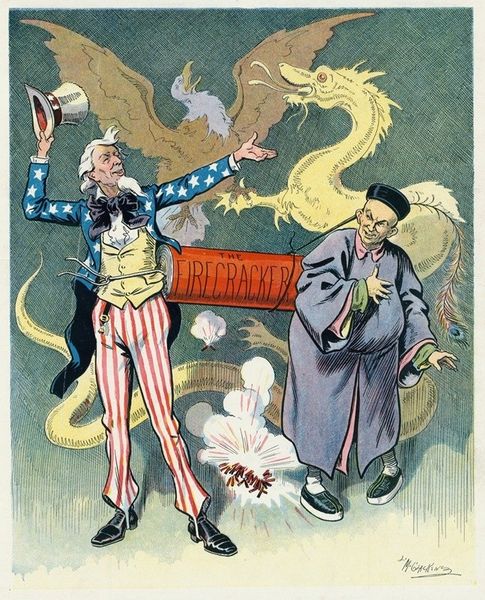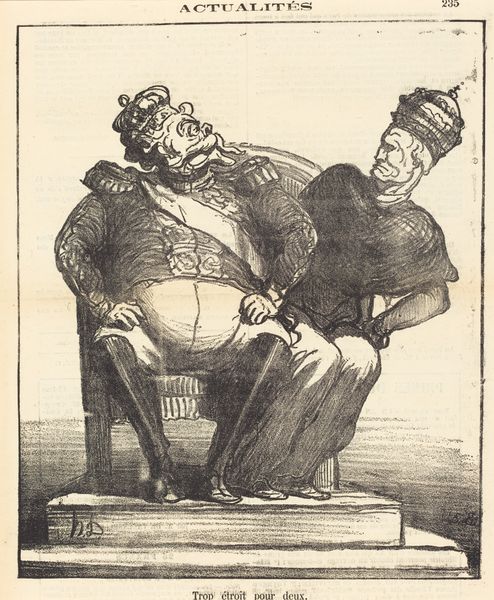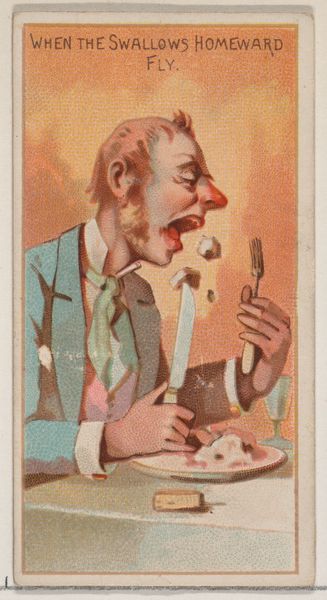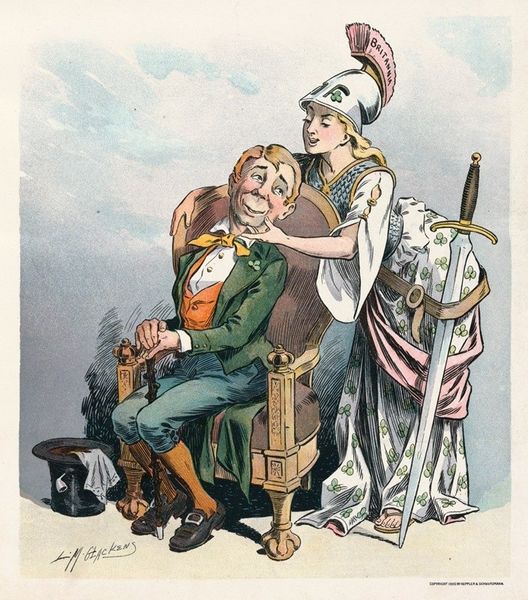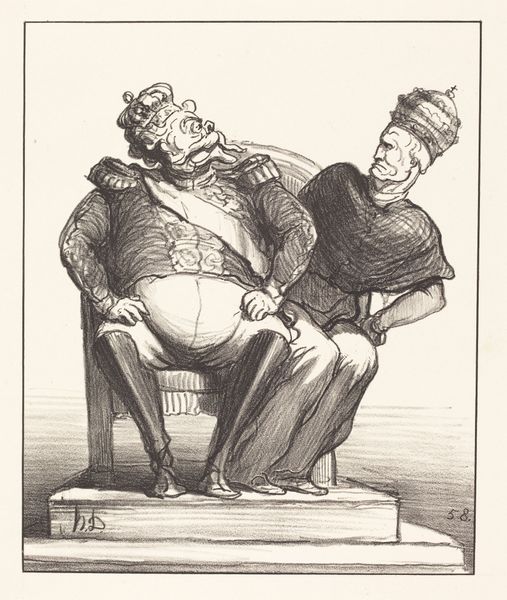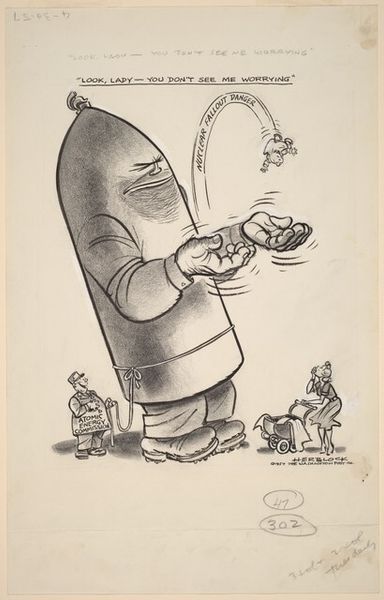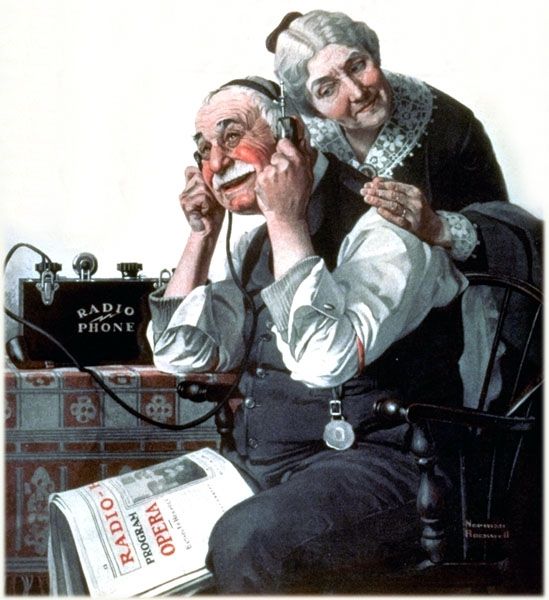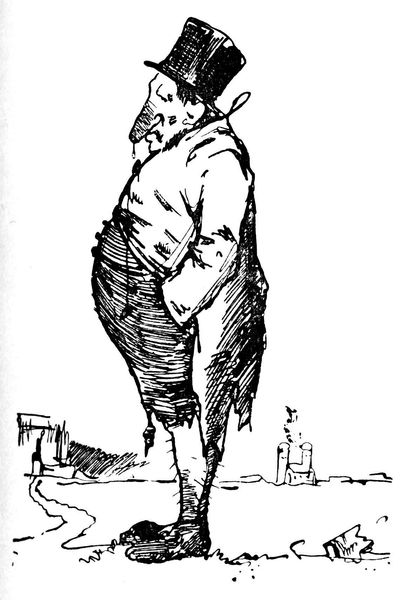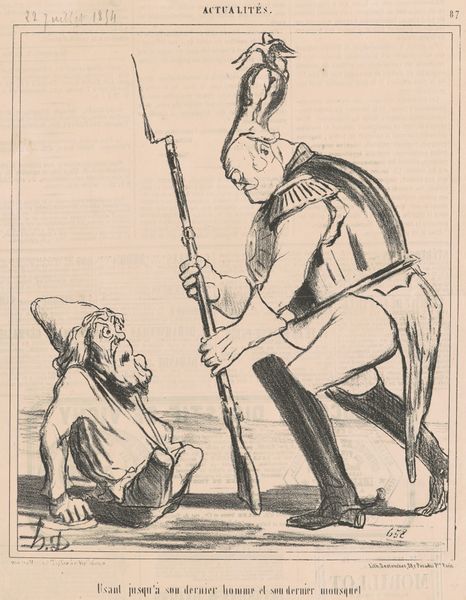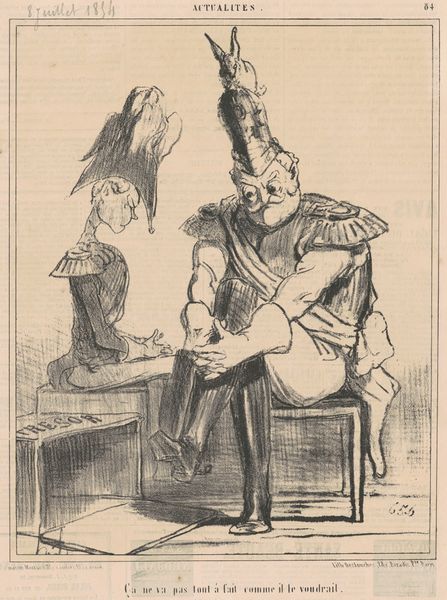
painting
#
portrait
#
painting
#
figuration
#
genre-painting
#
realism
Copyright: Public domain US
Curator: So, we're looking at Norman Rockwell's 1923 painting, "Clown Training Dogs," a quintessential example of his figurative realism. It’s oil on canvas. And tell me, what strikes you first? Editor: There’s something melancholic about this image. It's not the usual slapstick we associate with clowns. The muted palette contributes, and the clown's expression, while slightly smiling, has a touch of weariness. Are we seeing the human behind the makeup? Curator: That's a very astute observation. Considering the social context of the 1920s, with the aftermath of World War I and the burgeoning anxieties of modern life, Rockwell may be hinting at the complexities of entertainment itself, perhaps even a critique. Circuses were a very public performance of humor and escape. Editor: And Rockwell was a master of capturing American culture, and often critiquing it in a palatable way. I notice the dogs are posed in carefully staged, subservient roles, suggesting themes of domination and control beyond mere "training." Curator: Precisely. The symbolism here runs deeper than just a light-hearted circus act. What power dynamics are at play? Is Rockwell reflecting on broader societal structures and inequalities? This piece asks, how are we complicit? I wonder if the star painted on the ball holds meaning. Editor: It's definitely intentional. The clown, with his positionality, holds immense power, while also acting as a stand-in for systems of authority. Even the circular arrangement creates a subtle sense of enclosure, highlighting confinement. Do you see his placement within his stool, sphere, and the dog to the left? Curator: I see that the arrangement almost creates a personal arena for the performance. That Rockwell uses popular imagery makes it resonate with contemporary discussions surrounding identity, performativity, and the consumption of spectacle. Perhaps these are concepts Rockwell engaged? Editor: The fact that the star’s points also recall a sheriff’s star also is important to note. It calls into question how these figures, so embedded in our social history, act as the foundation and as the performance itself. Curator: Ultimately, “Clown Training Dogs” shows Rockwell at his most poignant. A reflection, both in the micro and macro scale. Editor: A layered commentary.
Comments
No comments
Be the first to comment and join the conversation on the ultimate creative platform.
